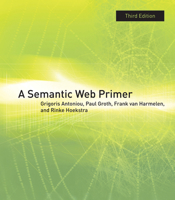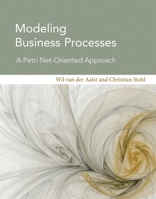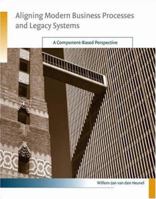My Back Pages: The Unembellished Escapades & Exploits of Daniel Shabbatnik
Select Format
Select Condition 
Book Overview
"My Back Pages" by Daniel Botkin is an autobiographical account of his escapades and exploits spanning seven decades. From the "Leave It To Beaver," clean-cut culture of the 1950s, through the turbulent times of anti-establishment hippies and on-fire Jesus freaks of the 60s and 70s, Daniel shares how those foundational days, and various other events and experiences along the way, transformed him into a leader and teacher in the Messianic Movement, a role he continues to fill. Daniel Botkin has woven together a fascinating, first-person account of the first threescore and ten years of his pilgrimage with humor, heartache and history to create a touching, true tale. "We spend our years as a tale that is told." Psalm 90:9
Format:Paperback
Language:English
ISBN:1716584078
ISBN13:9781716584077
Release Date:September 2020
Publisher:Lulu.com
Length:442 Pages
Weight:1.42 lbs.
Dimensions:1.0" x 6.0" x 9.0"
Customer Reviews
6 customer ratings | 5 reviews
There are currently no reviews. Be the first to review this work.



























